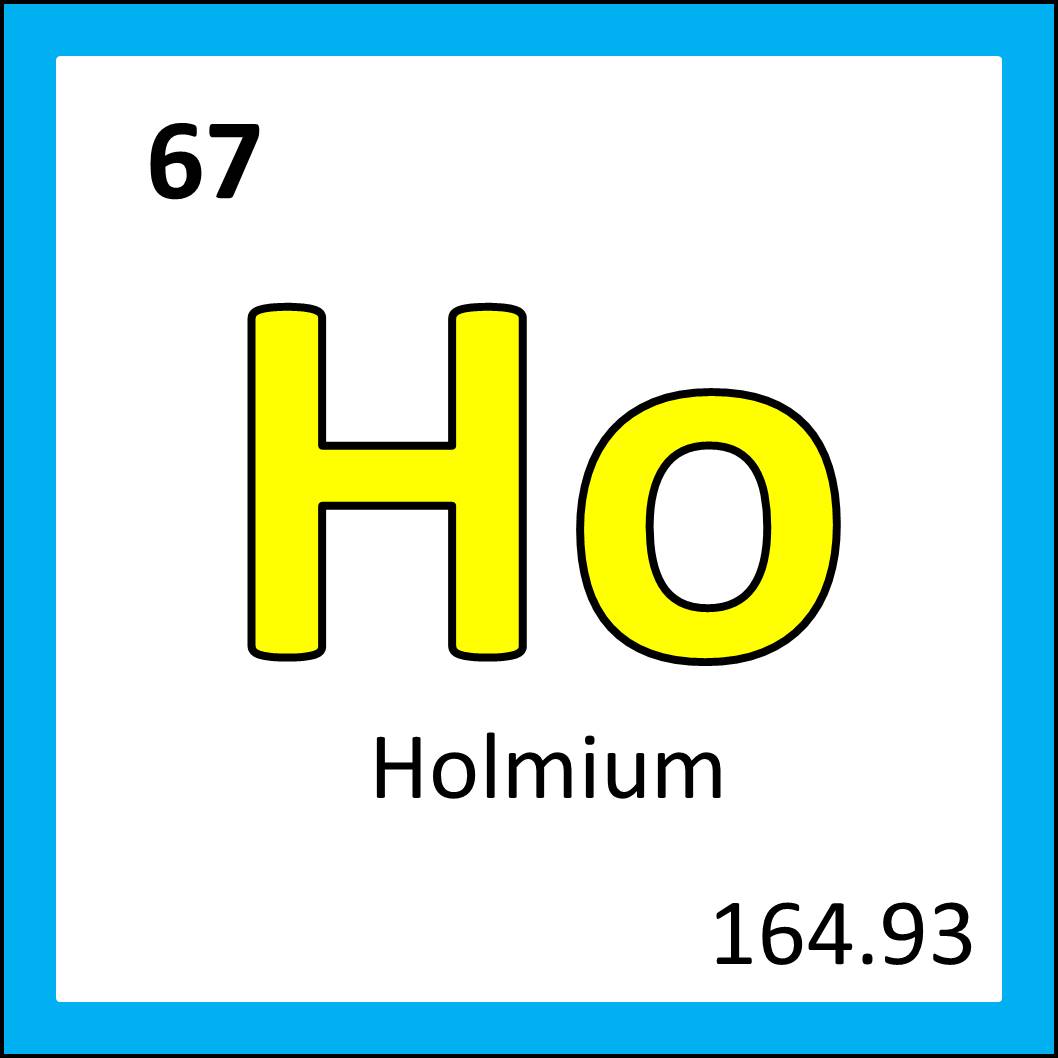


Clockwise from left: some ultrapure holmium (from Wikimedia Commons); Stockholm, which goes by the name Holmia in Latin (from Needpix); holmium as it appears in the periodic table.
Ahh holmium, yet another silvery solid metal named after a place. But what if I said holmium can be used to make lasers?
Before all that: holmium was discovered independently by Swedish chemist Per Teodor Cleve and by Swiss chemists Jacques-Louis Soret and Marc Delafontaine in the late 19th century. The Swede isolated holmium whilst cleaning the mineral erbia (mainly erbium oxide), and named it using the Latin for Stockholm, his home town. The Swiss duo discovered it using spectroscope, but only named it with the elusive sci-fi term “element X”.

Holmium doesn’t have a vast amount of applications, but those it does have are pretty interesting. Holmium oxide can be used to colour glass to give them a yellow or pink colour depending on the lighting. This is because the absorption and emission spectra of holmium oxide is quite unique, with very sharp peaks, meaning it absorbs and emits very specific wavelengths (and therefore colours) of light. Therefore in sunlight, it is yellow, but under trichromatic light (blue, green and red light artificially produced at the same time) it is pink. These very narrow peaks in absorption mean they are often used to calibrate spectroscopes, bringing holmium’s story in a beautiful circle.
Holmium can also has the highest magnetic strength of any known element. This is due to its many unpaired electrons in its atom, and is used to direct and concentrate magnetic fields in electromagnets. These unpaired electrons also help with the aforementioned laser applications of holmium. Yttrium iron garnet (YIG) is an artificial mineral that when combined with small amounts of holmium (said to be “doped” with holmium) can be used as a source of energy for lasers (often called Ho-YIG). The unpaired electrons in the Ho-YIG are deliberately excited, so that they enter a higher energy state, releasing that energy when the electron returns to its ground state. This radiative energy is only of one wavelength, and therefore unlike normal light is focused and directional. The beams produced through Ho-YIG lasers are often so precise with low penetration of skin that they are used in surgery for incisions and destroying unwanted tissues.

A recent demonstration of technology has used holmium to show just how small we can get with data storage. A single atom of holmium was mounted on magnesium oxide. This set up allows the holmium atom to be in one of two stable magnetic states, depending on the spinning of their unpaired electrons. By zapping the atom with 150mV at 10 microamps using a scanning tunnelling microscope, researchers found they could get the holmium atom to switch between the two magnetic states, which they could detect by using the scanning tunnelling microscope with a much lower voltage and reading the resistance from the atom. This switchable state between two options allows the atom to be read in a binary fashion, with one magnetic state being “1”, and the other being “0”. Therefore this is the first demonstration of storing data in a single atom! If you thought SD cards were a lot of storage in such a tiny chip, the future is going to blow your mind!
And that’s holmium- an incredibly magnetic, very Swedish and ridiculously tiny storage element.
